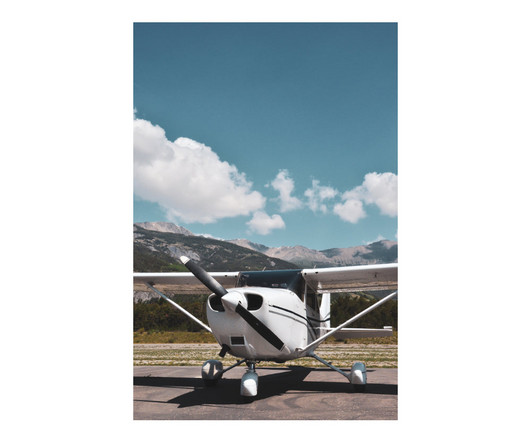Quiz: Basic Aircraft Aerodynamics
Flight Training Central
MAY 7, 2024
Straight-and-level flight, turns, climbs, and descents. The four forces acting on an airplane in flight are lift, weight, thrust, and drag. lift, weight, gravity, and thrust. The angle of attack at which an airplane wing stalls will change with an increase in gross weight. lift, gravity, power, and friction.












Let's personalize your content